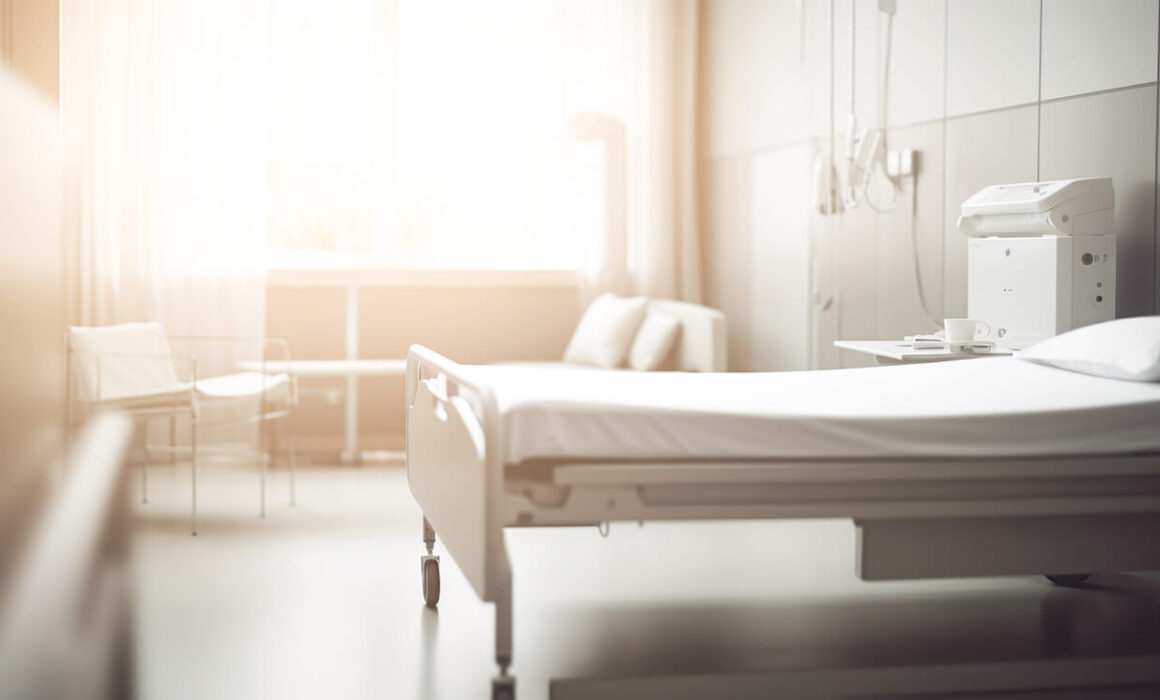With their design for a hospital room that maximizes the benefits of natural light, researchers from the Technion Faculty of Architecture and Town Planning are exploring how incorporating daylight into inpatient wards affects various aspects of health and wellbeing. Their research could add credence to studies showing that such integration reduces medication consumption, shortens hospital stays, improves sleep quality, alleviates depression and stress, and even lowers mortality rates.
Under the supervision of Professor Guedi Capeluto, master’s student Rinat Hadashi Gannon conducted research using new tools and methods to evaluate daylight in inpatient rooms to provide design guidelines for improved inpatient health. The pair found that even slight architectural changes, including full-opening windows, overhands and adjustable blinds, and light shelves can improve daylight availability in the wards.


Using this information, Hadashi Gannon created a model room using a computer simulator. To ensure the accuracy of the computer simulations, she took measurements of daylight in inpatient rooms at Soroka Medical Center that were then used to calibrate the model. They chose a side lit two-bed inpatient room to take into account the differences in light exposure between the patient closest to the window and the patient further from the window.
Prof. Capeluto and Hadashi Gannon believe the model could contribute to the evaluation of daylight performance in the built environment and can also be applied in other contexts such as work environments and educational institutions. They also think their model can guide and benefit design and positively impact the psychological and physical state of users, their alertness and concentration, and aspects such as performance, health, and wellbeing.
